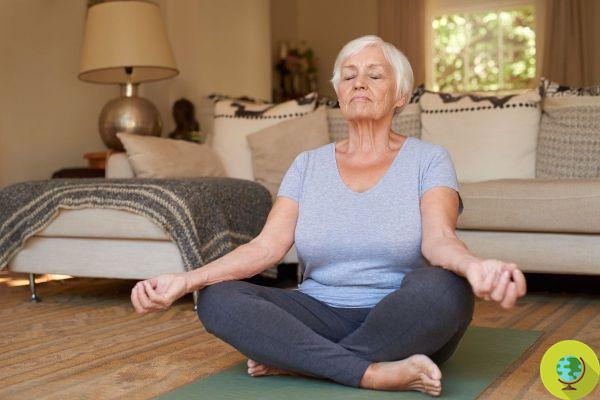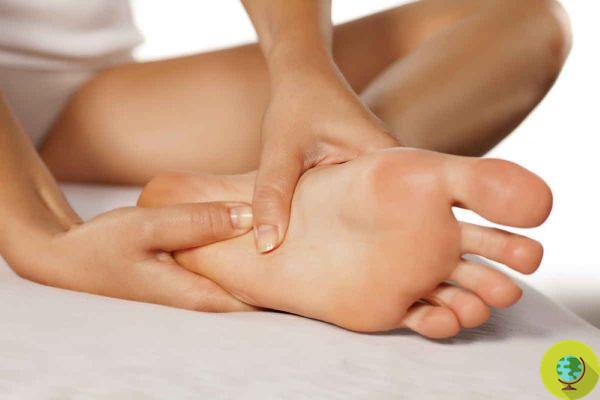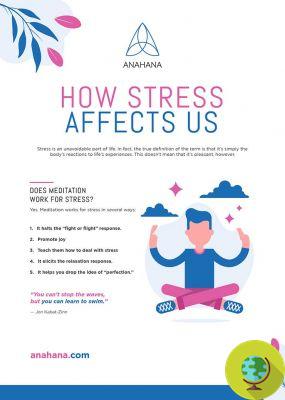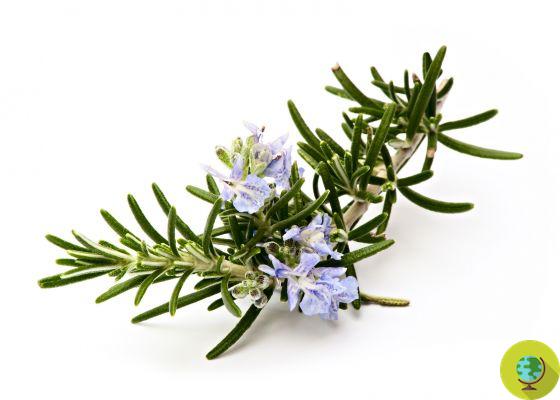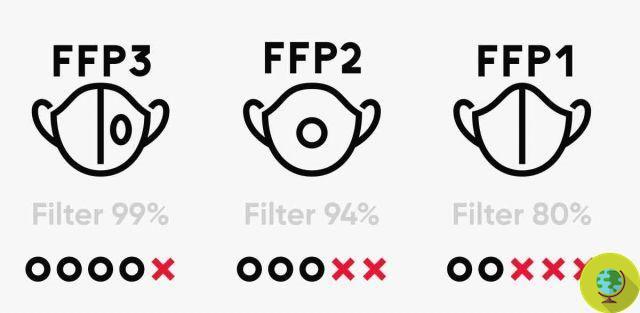Complete yogic breathing, benefits and how to practice it. Breathe correctly and consciously is essential in the practice of Yoga because the breath is a real nourishment. To live and to keep our body healthy, food and water are not enough. The air we breathe and how we breathe are equally important. Let's learn about full yogic breathing, its benefits and how to practice it.
Don't store avocado like this: it's dangerous
Breathing correctly and consciously is essential in the practice of Yoga because the breath is a real nourishment. To live and to keep our body healthy, food and water are not enough. The air we breathe and how we breathe are equally important. Let's learn about the full yogic breathing, its benefits and how to practice it.
Let's think about it. We can survive for a few days without water and food, but we cannot survive that long without breathing. Our breathing is made up of two main phases, represented by theinspiration, in which the air enters from our body, and fromexpiration, in which the air leaves our body.
Between these two phases of breathing there is a natural pause that occurs spontaneously. Some yogic practices emphasize the importance of holding the breath for a few seconds with full lungs or empty lungs but in full yogic breathing this does not normally happen. In fact, yogic breathing completes let your breath flow calmly as if it were a slow wave.
Index
Benefits of full yogic breathing
Complete yogic breathing it helps us to breathe deeply, with a constant rhythm and in a silent way, all aspects considered fundamental for our health. The inspiration is withheld the active phase of breathing, while the exhalation is considered a passive phase, but in reality both of these phases in complete yogic breathing are very important and should be practiced with awareness.
According to Swami Sivananda thanks to yogic breathing the body becomes strong and healthy; the superfluous fat disappears, the face becomes luminous, the eyes sparkle, a particular charm emanates from the whole person. Digestion takes place easily. The body purifies itself entirely and the mind becomes calm. Constant practice brings happiness and peace.
Gabriella Cella Al-Chamali in "The Great Book of Yoga" highlights some benefits of full yogic breathing:
1) Improve breathing capacity.
2) It tones up the whole nervous system.
3) It increases the resistance of our organs.
4) Awaken a pleasant feeling of energy.
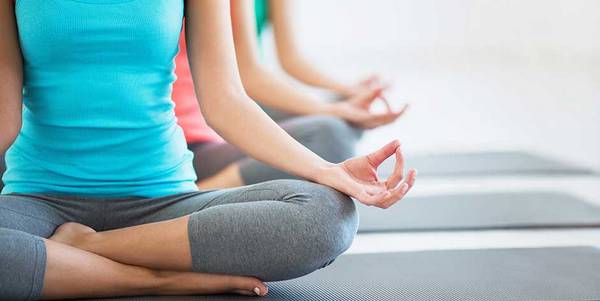
Photo font: Cloudfront
How to practice full yogic breathing
All Yoga practices, including full yogic breathing, must be performed without tension and in a very relaxed way. Complete yogic breathing it has no contraindications. The advice is to sit or lie down on your back for a few minutes trying to feel the points of the body where there is tension and to relax them gradually bringing the breath to a phase of calm before starting the full yogic breathing itself.
Complete yogic breathing it is divided into three phases: diaphragmatic breathing, thoracic breathing and clavicular breathing. In full yogic breathing these three phases become a single flow, but before starting you can try to practice them one at a time to realize the differences.
Abdominal or diaphragmatic breathing
La abdominal breathing involves the diaphragm. On inhalation, the diaphragm moves downwards and then returns upwards with exhalation. Abdominal or diaphragmatic breathing is the basis of breathing as it helps us to take full advantage of lung capacity, slow your breathing naturally e promotes relaxation. In abdominal breathing the air reaches the lower part of the lungs.
Thoracic breathing
In thoracic breathing during the inhalation our ribs move outwards creating a phase of expansion. We can place our hands on the sides of the rib cage during full yogic breathing to feel this movement. With thoracic breathing, the air reaches the central part of the lungs.
Clavicular breathing
Thanks to clavicular breathing the air we introduce into our body goes towards the upper part of the lungs. The upper chest and collarbones expand and then return to their natural position on exhalation.
These three stages of breathing occur spontaneously in our daily life. For example, breathing is abdominal and slower when we are relaxed while it is thoracic or clavicular when we are very tense, afraid or stressed. Here because in situations of anxiety and stress, abdominal or diaphragmatic breathing, slow and deep, is helpful for relaxation: the slow movement of the breath calms the body and mind.
practice full yogic breathing you can lie on your yoga mat on your back or sit cross-legged. Both lying down and sitting you can decide to place your hands on the abdomen and move them gradually towards the chest and collarbones to follow the different breathing phases.
Otherwise, while seated you can rest your palms or the backs of your hands on your knees, while lying down the advice is to leave your arms on the sides of the body with the palms facing upwards.
To practice full yogic breathing you can do, for example, a cycle of 5 or 10 repetitions. Each repetition consists of inhalation and exhalation.
Relax and close your eyes. Get ready for the inspiration. Inhale slowly and deeply starting from the abdomen, and then move to the chest and towards the collarbone area, up to the throat. The movement of the abdomen and chest must be outward expansion.
THEexpiration proceeds by releasing the air starting from the region of the clavicles, then passing to the chest and reaching the abdomen.
In Gabriella Cella's method for complete yogic breathing, on the other hand, there is a variant regarding exhalation. In this case, the exhalation starts from the abdomen (which empties first), and then passes to the chest and to the collarbone area.
You can practice full yogic breathing at any time of the day. It's a anti-stress breathing, useful for relaxing when you feel tense or anxious. It promotes good rest, so you can practice it, for example, before going to sleep for a few minutes.
In order not to lose focus, always keep your attention on your breath as it rises and falls like a wave. Finally, if you can, keep your eyes closed both in the inhalation phase and during the exhalation, to favor concentration and relaxation.
Marta Albè
Photo source: Kelyoga
Read also:
10 reasons to practice Yoga
Yoga: this is how it transforms body and mind from the first lesson onwards
Yoga for children: the benefits, how and why to practice Yoga from an early age








